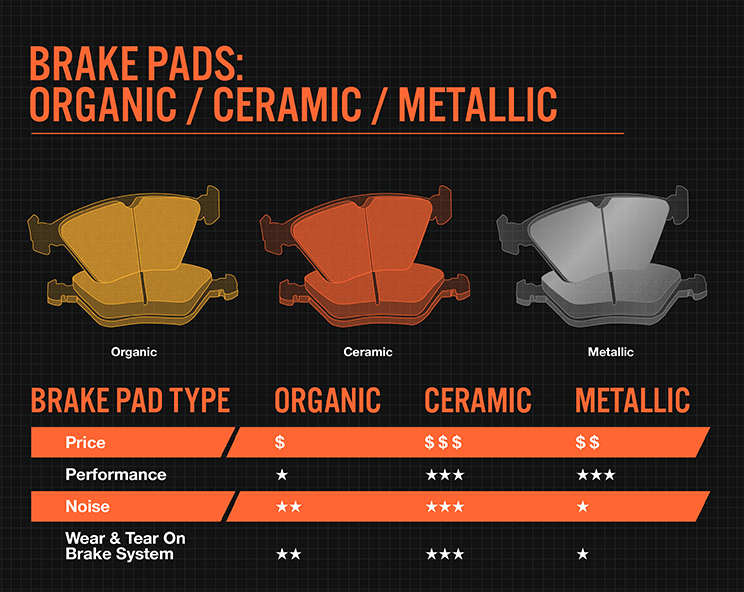Posted on 8/24/2017

Hey All, Yes, I am writing about an Oil Change. Why? I will tell you. This is me hopping on my soapbox. Engine oil is the life blood of your engine. Technology has changes, engines are getting more precision, lighter, physically smaller, etc. Oil has gotten better as well. Here is where the problem starts. Manufacturers are recommending oil changes due to driving styles, measured by analytics.This is not actually measuring the actual oil in the car. Many of you out there have changed your own oil, many of you have not. You will see that new oil looks lovely, like a nice olive oil. During its lifespan, it somehow turns into a dark staining black substance that seems thicker than it went in. How does that happen? Imagine a campfire, and you add a piece of wood that maybe had a little paint on it. It creates a nasty soot burning off of it. Inside your engine, the gasoline that is igniting is creating ... read more
Posted on 8/21/2017

Hey Fans and people who just want to know! I get the question asked a lot about brake pads. There are so many brands and types out there, it feels just like walking down a grocery isle. "Hmm, do I go for the pads on the top shelf, or grab the cheap ones down below?" I usually will go with some sort of OEM brake pad that is Ceramic based.There are basically 3 types of pads now, an organic material, a semi-metallic material, and ceramic material. Primarily, the organic gives you nice quiet brakes, low brake dust, but not the best feel when really needing to stop, meaning, the stopping power is the least effective. Semi-metallic pads have the best stopping power, but are noisy and create a lot of brake dust. We have also found that the copper used in brake pads is causing some problems in the environment (no good). Lastly, there is ceramic pads. They are a great combination of both o ... read more
Posted on 8/8/2017

Hey Fans! I get this question asked a lot. What is a Timing Belt, and why do I have to change it? Simply put, the timing belt is a toothed belt that keeps the engine in sync, or as its name mentions, time. There are essentially 2 halves of an engine, an upper half and a lower half. The bottom side of the engine is the crankshaft, it is known as the rotating assembly because the pistons are connected to the crankshaft. As the explosions happen from the fuel ignition in the cylinder, the pistons are forced downward causing the crankshaft to rotate. The crankshaft has a toothed gear on the front that the timing belt rides on. This rotation causes the belt to move and spin the other half of the engine that contains the camshaft, or multiple camshafts. They also have a toothed gear attached. This camshaft pushes on the valves against the springs to make them open. This lets air and fuel ... read more